TwinCAT CNC controls grinding machine for dental drills
January 11, 2019 2:59 pm
Dentsply Sirona provides advanced products and solutions for dentists and dental technicians around the world. As the company’s internal equipment division, the Advanced Technology Group sets the foundation for innovative and high-quality offerings. One example is the new IM4P grinding machine for dental drills, which was developed in 2017. Through the use of TwinCAT CNC software, the advanced machine features a faster and more stable grinding process than its predecessor. It also reduces tool wear, and requires only half the typical adjustment time for product changeovers.
With over 15,000 employees, 800 of whom work at the company’s location in Ballaigues, Switzerland, Dentsply Sirona has been making dental products since 1877. It invented the electric dental drill and developed the first bulk fill composite and the first partial matrix, which makes direct dental restorations faster and easier. The company is also a leader in the development of dental implants and digital tools for safer and more efficient patient care.
François Aeby, who heads the Advanced Technology Group, explains its role as follows: “Our goal is to provide efficient and customized high-tech machinery for all Dentsply Sirona production sites around the world. The reason for this approach is to keep core expertise in-house while supporting customers and their product development activities with new processes and technologies.” To do this, the Advanced Technology Group focuses on four main areas: dental labs, process automation, automatic inspection and packaging systems.
Major improvements in drill grinding machine
The new IM4P grinding machine for dental drills represents a major evolutionary step compared to its predecessor, says François Mottier, project manager at Dentsply Sirona. “Using TwinCAT CNC simplifies the machine’s commissioning process and improves its machining quality. It also makes changeovers between the various drill types easier and more flexible. Changing the product now involves only changes in software without having to replace any mechanical components.” François Aeby adds: “This also applies to conversions to other application areas. For example, the same CNC functionality can be used to produce dental milling cutters in the future. All we need to do is to adjust the tools accordingly.”
The grinding machine consists of four modules, each with five interpolated axes and one virtual CNC axis, says Daniel Roy, automation engineer at Dentsply Sirona. “Controlled via TwinCAT CNC, the five axes position the tool with maximum precision and move a trolley that holds the various machining tools. There is also a tool table that moves with the same axes and an additional spindle. The virtual axis, which is a combination of the x- and y-axes, is a function provided by the TwinCAT CNC system.”
Improved control performance for higher machine efficiency
Due to the need for greater performance, Dentsply Sirona employs TwinCAT CNC for the new grinding machine model. The TwinCAT 3 system comprises the following CNC functions:
o TC3 CNC Basic Pack (including TC3 PLC/PTP/NCI).
o TC3 CNC Axes Pack for a total of 64 axes/controlled spindles, of which 32 can be path axes and 12 can be controlled spindles
o TC3 CNC Channel Pack for extending another CNC channel to a maximum of 12 channels
o TC3 CNC Transformation with 5-axis functionality, kinematics library, RTCP and TLC functionality, and the definition and/or chaining/transition of various coordinate systems
Daniel Roy believes that TwinCAT CNC delivers several benefits. “It makes the machine faster overall while reducing grinder wear and delivering faster process execution. We also use the software to generate programs for curved path control more efficiently, either with code programmed manually or via interpolation. The automatic mechanical correction function, i.e. the possibility to rule out axial non-linearities with TwinCAT CNC, also played a major role in the decision process. Other functions like offset compensation played a critical role in reducing the conversion time between two production series, which was cut in half from three hours with the previous model to one-and-a-half hours today. With additional improvement and more operator training, we expect this time to be cut even shorter in the future. In addition, the operator interface is much more user-friendly, which makes inspections and machine monitoring operations much easier than ever before,” Daniel Roy points out.
Open all-in-one automation in single unit
Dentsply Sirona has employed PC Control technology from Beckhoff since 2002 and EtherCAT since 2003, all with great success. Daniel Roy recalls: “We were mostly looking for a system that would integrate axis control functions seamlessly and without separate control hardware. It also had to be able to accommodate third-party components. Such an all-in-one automation solution with PLC and NC functionalities was only available in PC-based control systems from Beckhoff. In addition, Beckhoff Industrial PCs (IPCs) are extremely powerful. For example, a C6920 IPC with a quad-core Intel®CoreTM i7 processor is all you need to control the entire IM4P machine – including all four machine modules, tool handling via PLC functionality and integrated safety functions.”
François Mottier points out another aspect: “EtherCAT also delivers many benefits for us. It is extremely powerful, making it ideal for data transmission to the drives. And since it has become an established industry standard, many different devices can be easily integrated. The same applies to the machine’s safety requirements, which are well-covered by Safety-over-EtherCAT and TwinSAFE. This includes the emergency STOP function, the protective doors, and the drive safety functions for the motion axes. According to François Mottier, PC Control also enabled an exceptionally space-saving design of the IM4P’s handling system: “The handling functions of the IM4P, such as the loading and unloading operations, are implemented via a total of seven servo axes. Here we benefit from an extremely compact design, enabled by the EL7211 servo drives in terminal block format, designed for use with the AM8100 servomotors equipped with One Cable Technology (OCT).
For more details, visit:
www.dentsplysirona.com
www.beckhoff.co.in/cnc
Authored article by:
Ajey Phatak,
Marketing Manager
Beckhoff Automation Pvt Ltd
M: info@beckhoff.co.in
Cookie Consent
We use cookies to personalize your experience. By continuing to visit this website you agree to our Terms & Conditions, Privacy Policy and Cookie Policy.



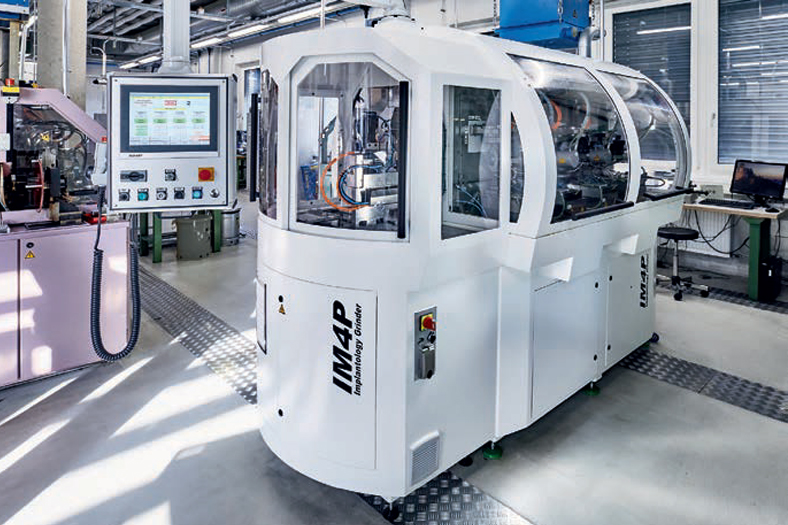
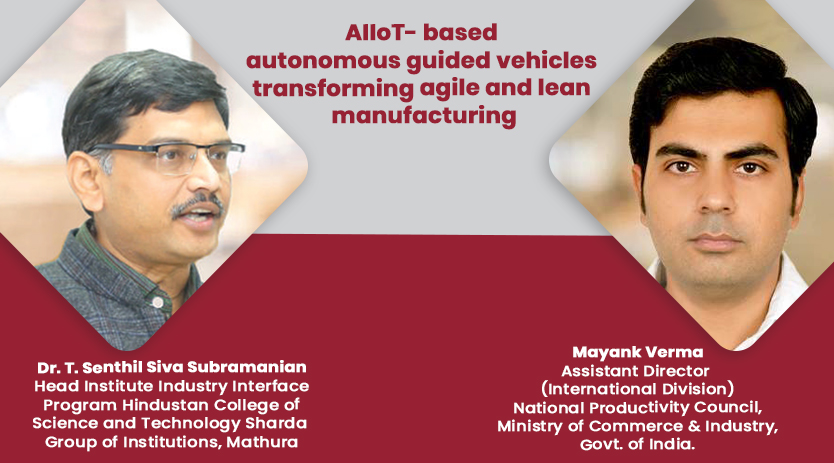

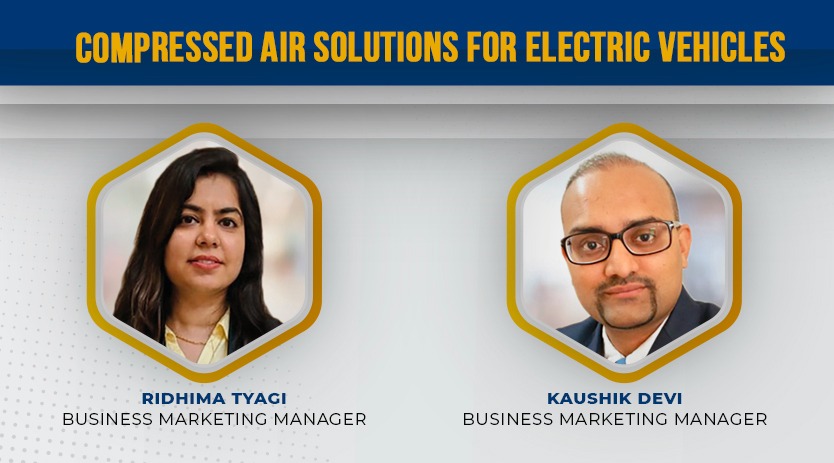




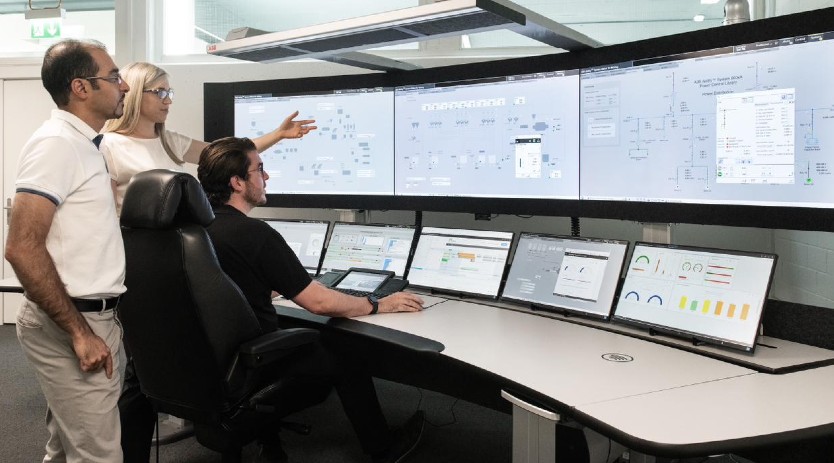
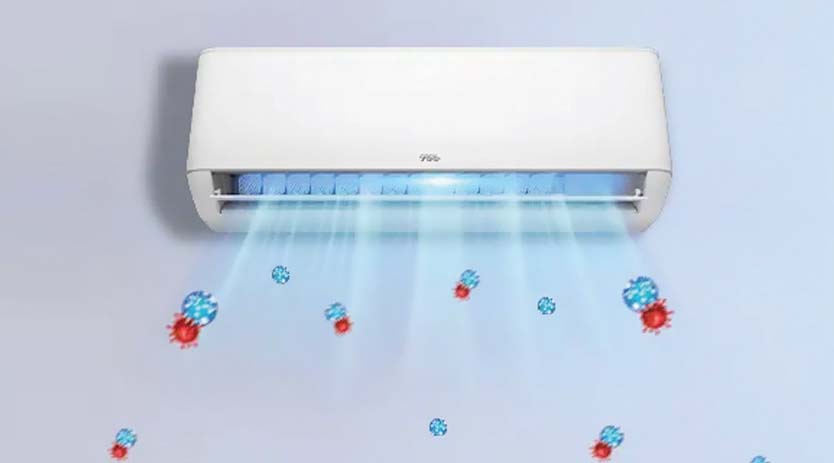






 English
English Hindi
Hindi